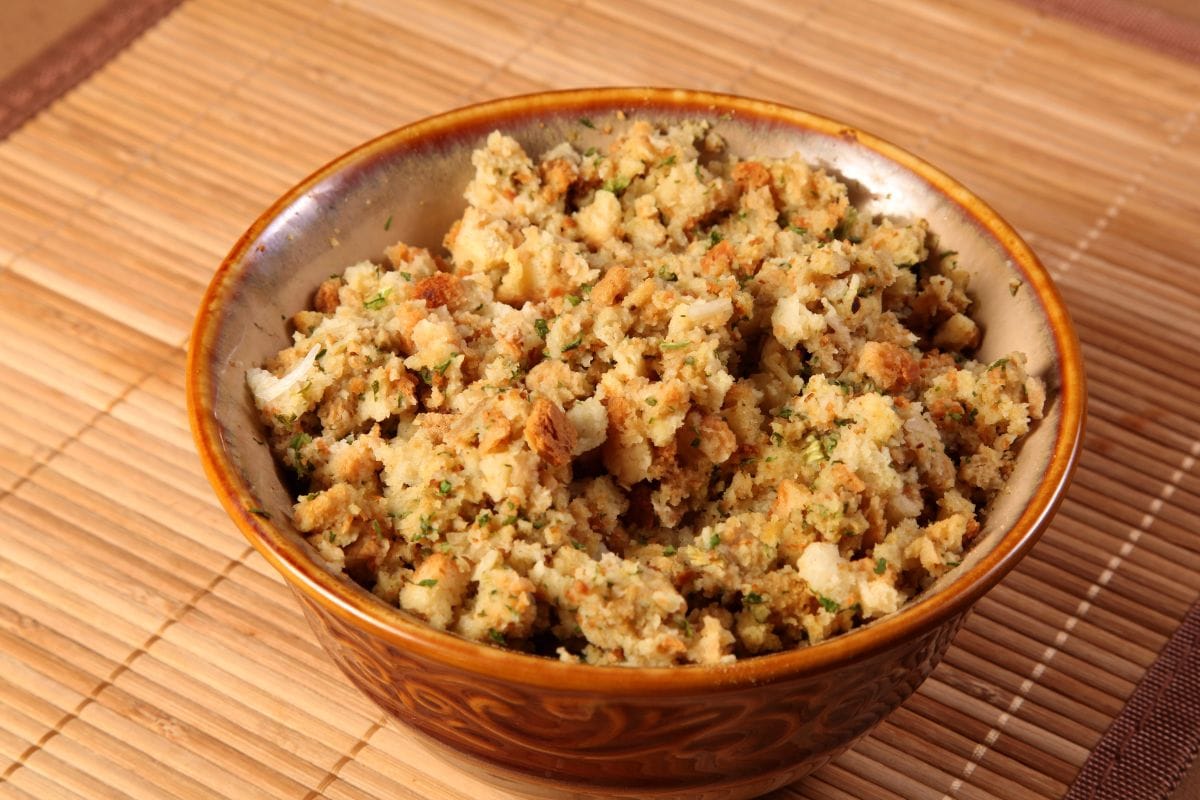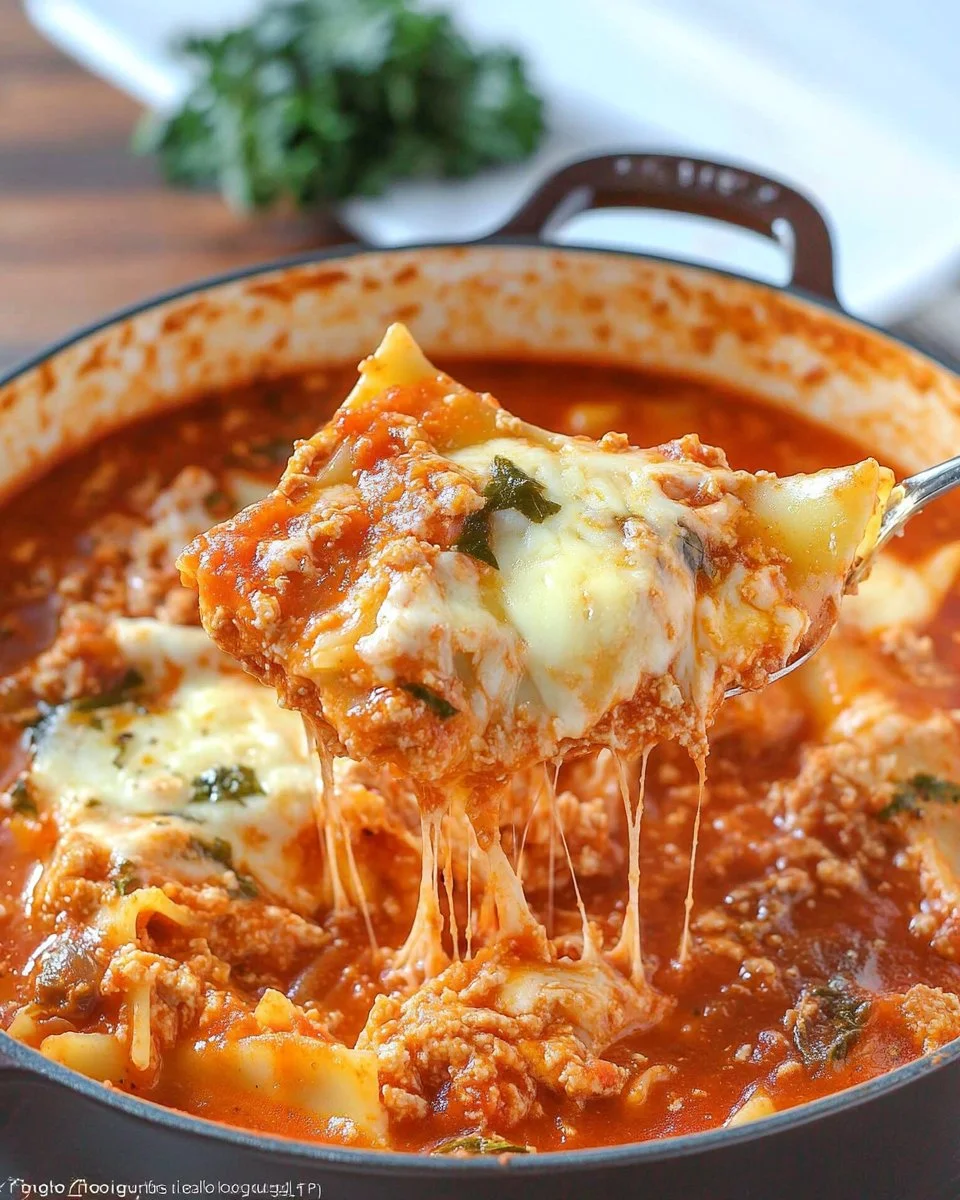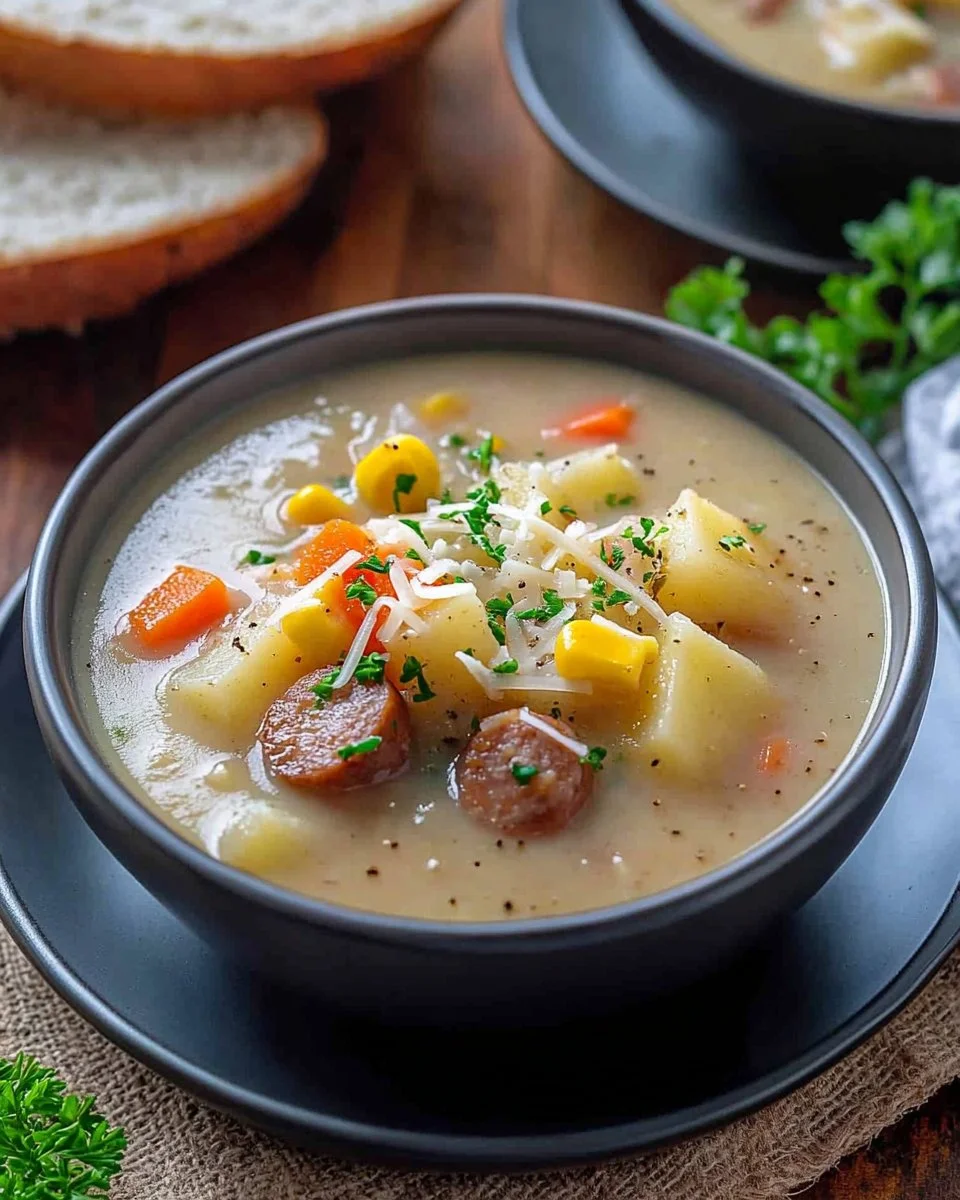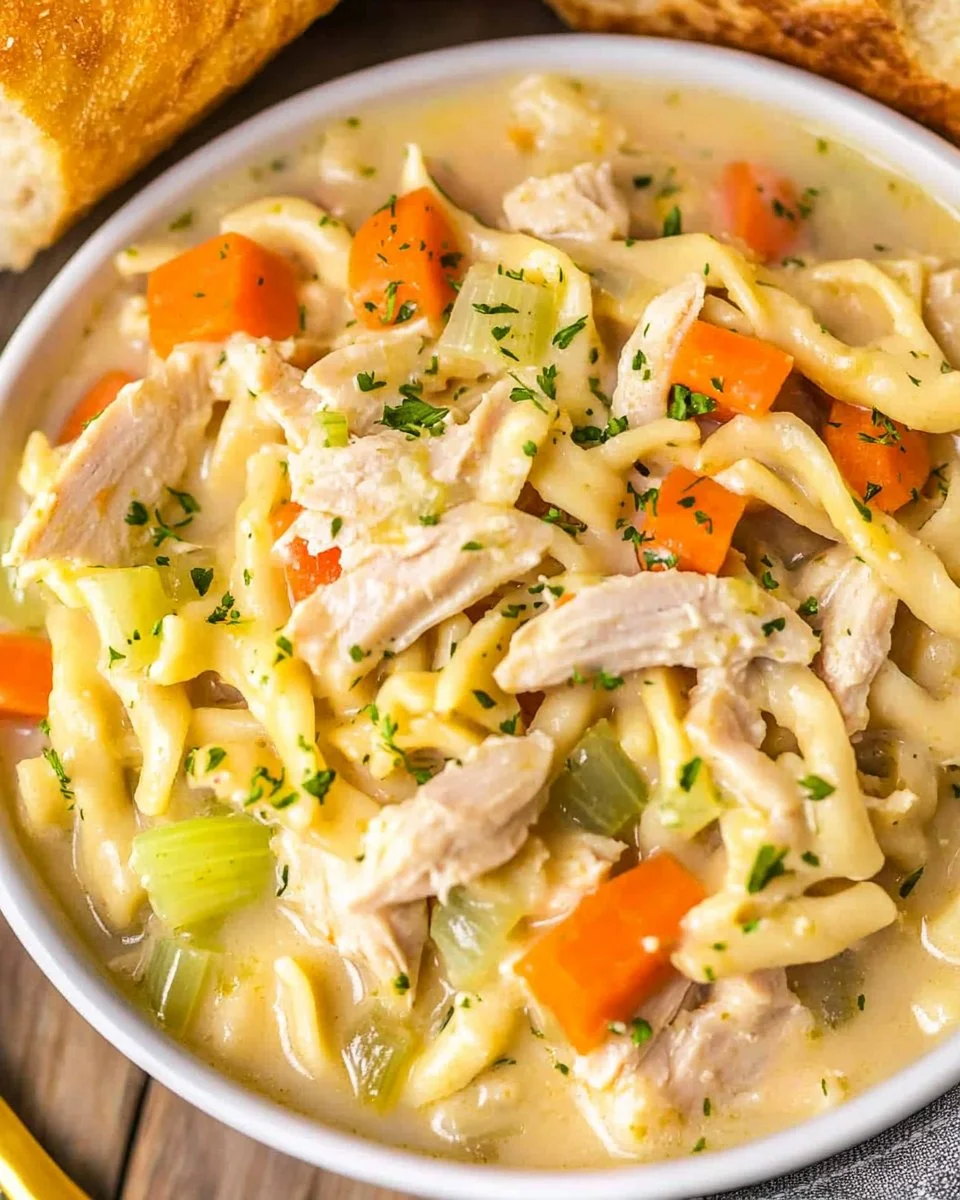Introduction
When it comes to making the perfect bread for stuffing, one of the most crucial elements is the bread you choose. This question has crossed the minds of many home cooks, especially around the holidays. The right bread can make or break your stuffing, ensuring it has the perfect texture and flavor. In this post, we’ll walk you through everything you need to know about selecting the best bread for stuffing, so you can wow your guests with a delicious dish.
What is the Best Bread for Stuffing?
Ideal Bread for Stuffing
The best bread for stuffing is one that can soak up all the flavors without turning into mush. You want bread that holds its shape but still absorbs the delicious broth and seasonings. Here are some characteristics of good stuffing bread:
- Dense Texture: Light and airy bread might disintegrate, so look for something a bit denser.
- Neutral Flavor: You want the bread to complement the other ingredients, not overpower them.
- Stale or Dry: Fresh bread can be too moist. Slightly stale or dried bread works best as it absorbs liquids well without getting too soggy.
Choosing bread that has these characteristics ensures that your stuffing will have a perfect balance of moisture and structure. This balance is crucial, especially when you want each bite to be filled with rich flavors without being overly mushy or dry.
Bread Types for Stuffing
Choosing the right type of bread is essential. Here are some popular choices:
- White Bread: A classic choice for its neutral flavor and ability to absorb flavors well. White bread’s mild taste and soft texture make it a versatile option that works with various stuffing recipes.
- Sourdough Bread: Adds a tangy twist to your stuffing with its denser texture. The slight tang of sourdough bread can add a depth of flavor, making your stuffing stand out.
- Cornbread: Ideal for a slightly sweet stuffing with a unique texture. Cornbread offers a crumbly texture and a hint of sweetness, which can complement savory ingredients beautifully.
Top Bread for Stuffing Recipes
Classic Bread Choices for Stuffing
When it comes to traditional stuffing recipes, certain types of bread have proven to be the best. Let’s delve into the classic choices:
- White Bread: Its mild flavor makes it a versatile choice, perfect for traditional stuffing recipes. White bread is readily available, and its soft texture allows it to soak up the broth and seasonings well.
- Sourdough: The tangy flavor and dense texture add an interesting twist, making it great for more robust stuffings. The chewiness of sourdough bread provides a nice contrast to the softer ingredients in the stuffing.
- Cornbread: A Southern favorite, its slightly sweet flavor and crumbly texture make for a unique stuffing. Cornbread’s distinct taste can bring a different dimension to your stuffing, especially if you’re looking to impress your guests with something a bit out of the ordinary.
Homemade Stuffing Bread Options
If you’re feeling adventurous, you can prepare your own bread for stuffing. Here’s how:
- Preparing Bread Cubes: Cut the bread into even cubes; about 1-inch pieces work best. Cutting the bread into uniform pieces ensures that they dry evenly and soak up the broth consistently.
- Drying Bread for Stuffing: Spread the cubes on a baking sheet and leave them out overnight to dry. Alternatively, you can bake them at a low temperature until they’re dry and crisp. Drying the bread helps it absorb more flavors without becoming too soggy.
- Storing Bread for Stuffing: Keep the dried bread cubes in an airtight container until you’re ready to use them. Proper storage is essential to prevent the bread from becoming stale or moldy before you use it.
By preparing your bread, you can control the size and texture of the cubes, ensuring they’re just right for your stuffing recipe. This extra step can make a significant difference in the final dish.
How to Prepare Bread for Stuffing
Drying and Storing Bread
Proper preparation ensures your bread is ready to soak up all the flavors without getting too soggy.
- Methods for Drying Bread Cubes: Leaving them out overnight works well, but baking at a low temperature can speed up the process. To bake, set your oven to 250°F (120°C) and place the bread cubes on a baking sheet. Bake for about 30 minutes, stirring occasionally, until the bread is dry and crisp.
- Storing Dried Bread Cubes: Store in an airtight container to keep them fresh until needed. Make sure the container is tightly closed to prevent moisture from entering.
- Maintaining Freshness: Ensure the bread is completely dry before storing it to avoid any mold or spoilage. If you notice any moisture in the container, spread the bread cubes out and dry them further.
Enhancing Bread Flavor
To give your stuffing an extra kick, try these tips:
- Adding Herbs and Spices: Mix your bread cubes with dried herbs like sage, thyme, and rosemary before adding broth. These herbs add a traditional flavor to your stuffing.
- Combining Different Bread Types: Mixing white bread with a bit of sourdough or cornbread can add layers of flavor and texture. The combination of different textures can make each bite of stuffing more interesting.
- Toasting Bread for Extra Crunch: Lightly toast the bread cubes before adding to your stuffing mix for a bit of extra crunch. Toasting also helps the bread cubes hold their shape better when mixed with broth and other ingredients.
Optimal Bread for Different Stuffing Recipes
Bread for Turkey Stuffing
Turkey and stuffing are a match made in heaven, but choosing the right bread is key.
- Best Bread Types for Turkey Stuffing: White bread and sourdough are excellent choices as they absorb flavors well and hold up to the juices from the turkey. The mild flavor of white bread and the tangy kick of sourdough complement the savory taste of turkey.
- Enhancing Turkey Stuffing Flavor: Use fresh herbs, turkey broth, and a mix of vegetables to enrich the stuffing. The addition of vegetables like celery, onions, and carrots can add a nice crunch and flavor.
- Balancing Moisture in Stuffing: Add broth gradually to the bread cubes, mixing as you go to ensure even moisture without making it soggy. Start with a little broth and add more as needed, checking the consistency frequently.
Bread for Vegetarian Stuffing
Vegetarian stuffing can be just as flavorful and satisfying as its meaty counterpart.
- Suitable Bread Options: Sourdough and cornbread work great, providing different textures and flavors. The tanginess of sourdough and the slight sweetness of cornbread can make a delicious combination.
- Adding Vegetables and Nuts: Incorporate a variety of vegetables like celery, onions, and mushrooms. Nuts such as pecans and walnuts provide a pleasant crunch. These additions not only enhance the flavor but also add texture to the stuffing.
- Maintaining Texture and Flavor: Ensure the bread cubes are well-dried and mix in flavorful vegetable broth to keep the stuffing moist yet firm. Be mindful of the amount of broth you add to avoid making the stuffing too wet.
Expert Tips for Perfect Stuffing
Enhancing Your Stuffing’s Flavor Profile
To take your stuffing to the next level, consider these expert tips:
- Use Homemade Broth: Homemade broth, whether turkey or vegetable, can add a depth of flavor that store-bought versions often lack. Simmer turkey bones or a variety of vegetables with herbs to create a rich, flavorful broth.
- Sauté Vegetables: Sauté your vegetables before mixing them into the stuffing. This step can enhance their flavors and add a bit of caramelization.
- Add Sausage or Bacon: For richer stuffing, consider adding cooked sausage or bacon. The fat from the meat adds flavor and richness to the stuffing.
Customizing Your Stuffing
Every family has their own stuffing traditions, but here are some ideas to make it uniquely yours:
- Sweet Additions: Add dried fruits like cranberries or apricots for a touch of sweetness. These fruits can provide a nice contrast to the savory ingredients.
- Nuts and Seeds: Pecans, walnuts, or even sunflower seeds can add a delightful crunch to your stuffing.
- Cheese: A sprinkle of cheese, such as Parmesan or cheddar, can add a creamy texture and additional flavor.
By customizing your stuffing with these additions, you can create a dish that’s uniquely yours and bound to impress your guests.
Frequently Asked Questions
What type of bread is best for stuffing?
The best bread for stuffing is one that is slightly stale and can absorb flavors without getting too mushy. White bread, sourdough, and cornbread are all excellent choices.
Can I use fresh bread for stuffing?
Fresh bread can be used, but it’s best to dry it out first. Fresh bread is too moist and may result in a soggy stuffing.
How do I dry bread for stuffing?
Cut the bread into cubes and either leave them out overnight to air dry or bake them at a low temperature until they are dry and crisp.
Can I mix different types of bread for stuffing?
Yes, mixing different types of bread can add complexity to your stuffing. Combining white bread, sourdough, and cornbread can create a delicious blend of flavors and textures.
What is the best way to store bread for stuffing?
Store dried bread cubes in an airtight container at room temperature. To prevent mold growth, ensure that they are totally dry.
Conclusion
Choosing the right bread for stuffing is essential for creating a delicious, memorable dish that your family and friends will love. Whether you prefer the neutral flavor of white bread, the tangy kick of sourdough, or the unique texture of cornbread, each option brings something special to your stuffing. By understanding the characteristics of ideal stuffing bread, preparing it properly, and experimenting with different types and flavors, you can create a stuffing to be proud of.







